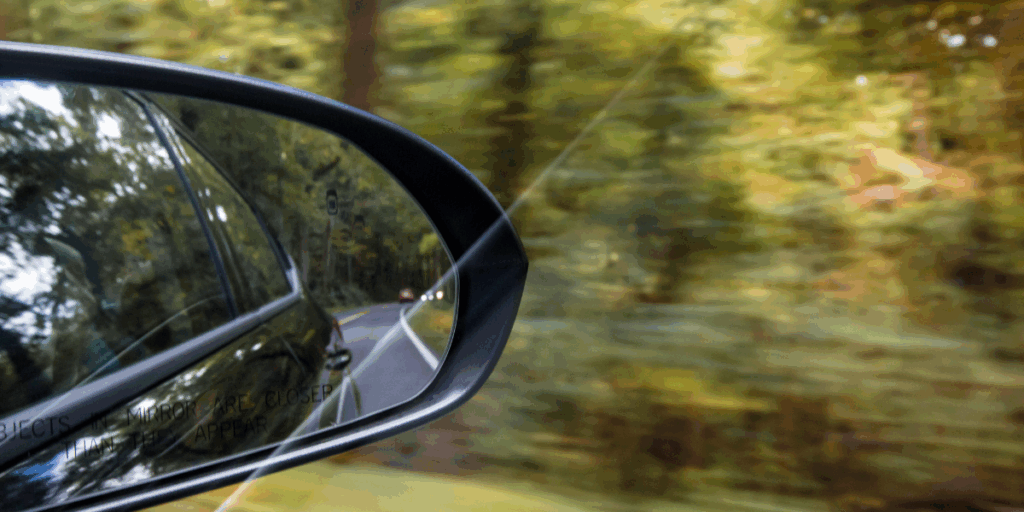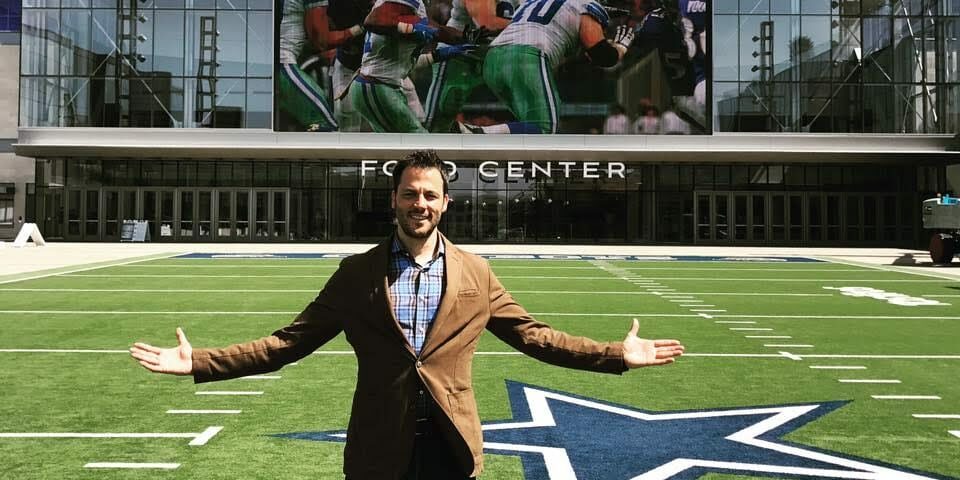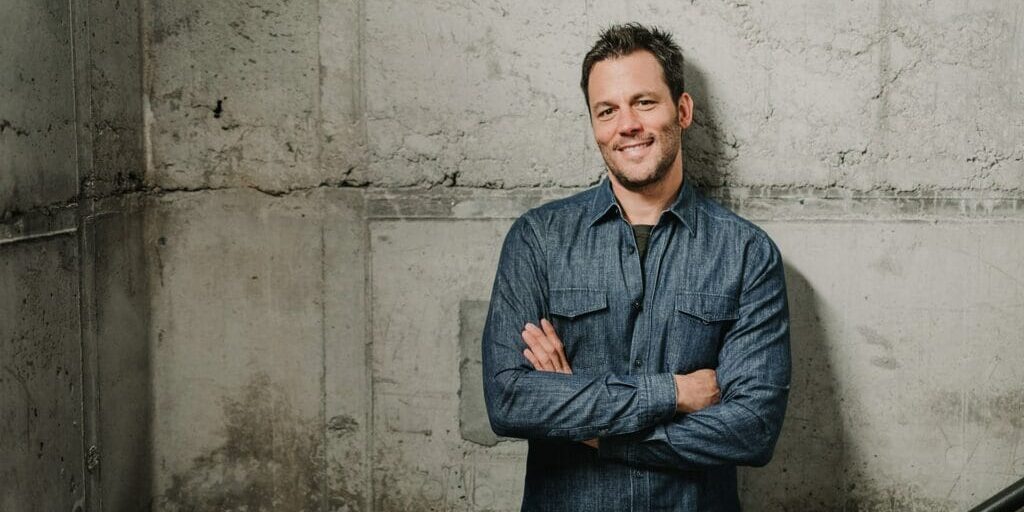Where do you do your best thinking?
My research shows that it usually isn’t at work. In fact, when discussing where creativity and big breakthrough ideas tend to originate, the office rarely even enters the conversation.
We know “busy is the new fine.” Unfortunately, “overwhelmed and distracted” is the new workplace. Which is a problem if your work depends on finding time for deep focus and concentration.
What is the answer?
Take control and focus on what matters. Decide when you’re going to check and respond to email. If you’re worried about missing something important, consider this quick audit: Which is more important, the prioritized task you’re working on now or the next email that lands in the inbox (whatever that happens to be)?
What Gets Scheduled Gets Done
If you wake up without a prioritized plan for the day, you’re already a step behind. I find it most helpful to organize by “day parts” — chunks of time dedicated to my most important priorities.
A good day plan also includes white space. Instead of scheduling back-to-back meetings from 9 a.m. to 5 p.m., give yourself time during the day to think strategically or just simply relax, breathe and let the mind wander. So often, it’s in those moments of solitude and reflection where the big, breakthrough thinking happens.
This is why I start my day with a reflection and journaling practice before I enter “screen time.” It’s why I also have “creativity” scheduled into my calendar. The people working with me, who have access to my calendar, know that creativity time is sacred. If you want a white space guide, Jim Collins recommends 10 hours for every 2 weeks of work.
I’m also a big fan of scheduled breaks. Taking short breaks during the day to walk around, go outside, or get a glass of water (try working in 50 minute bursts) leaves you refreshed and ready for the next challenge. Longer breaks have also proven to be a catalyst to unleash both clarity and creativity. Readers of the blog know I just returned from a technology-free long weekend retreat in Colorado. I’m planning on extending my 2017 summer sabbatical from 30 days to 6 weeks.
You don’t need a weekend retreat or a summer sabbatical to unleash creativity. However, it just might require more disciplined time management and a bit of failure tolerance. Check out the video where we discuss why innovative thinking never happens at work and precisely what to do about it.








